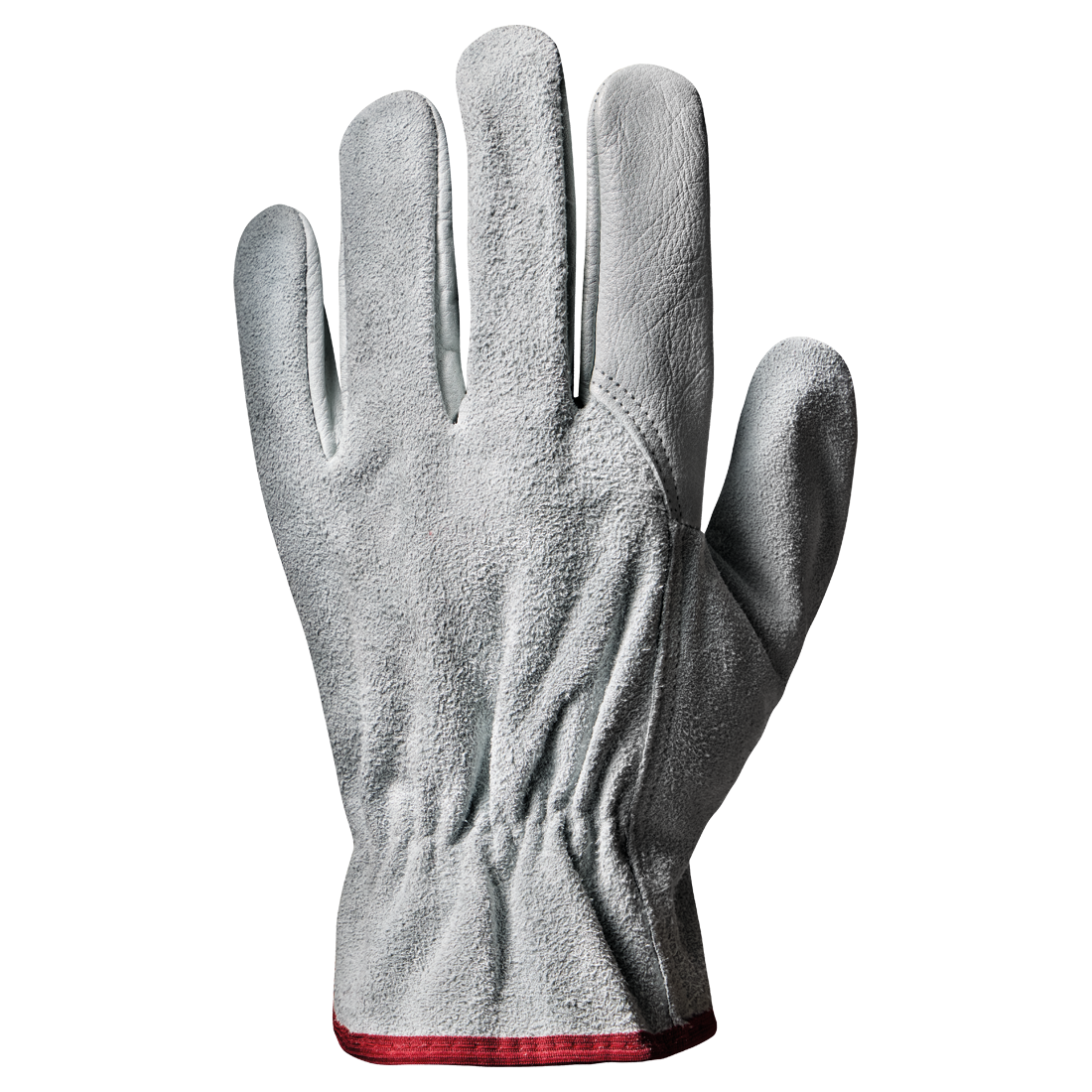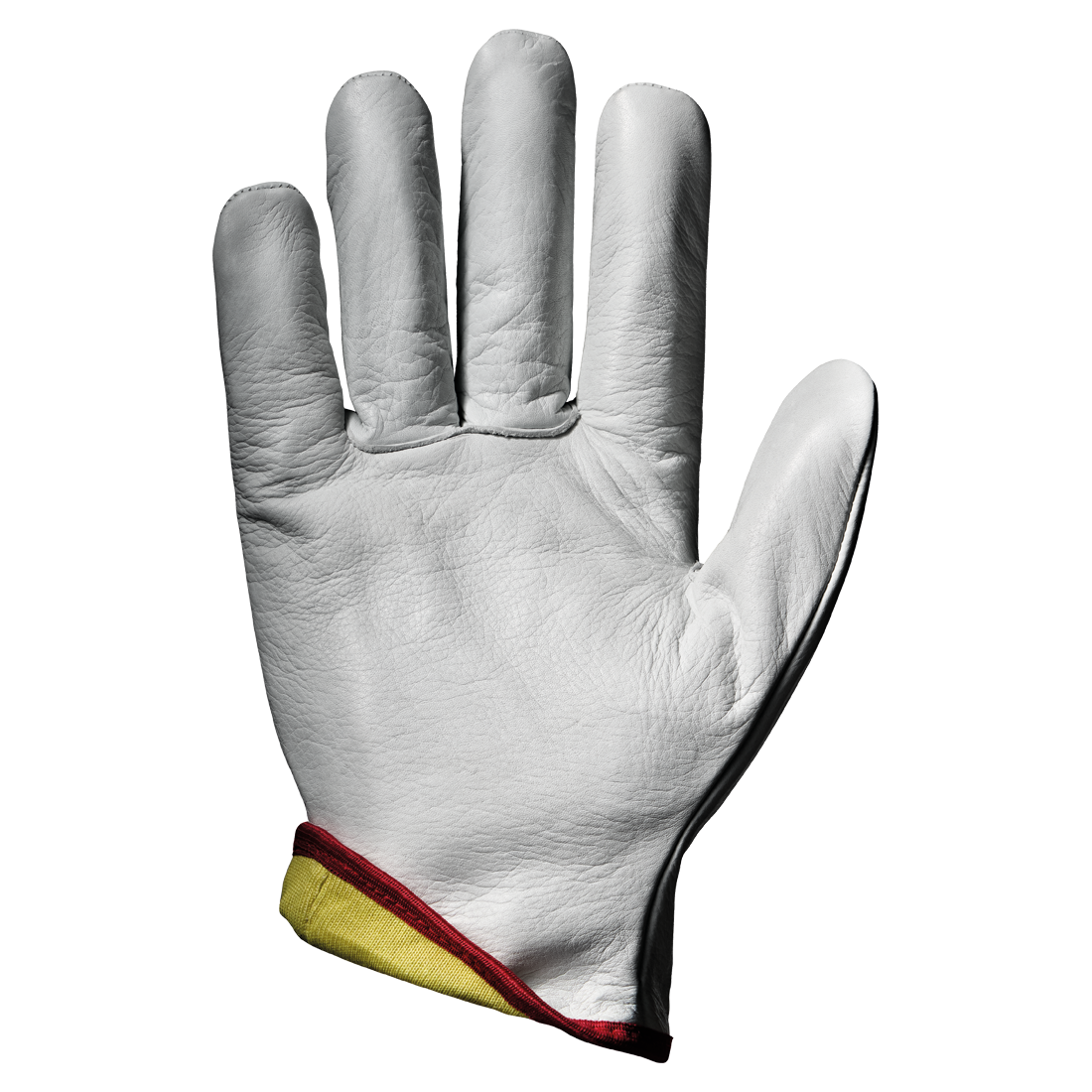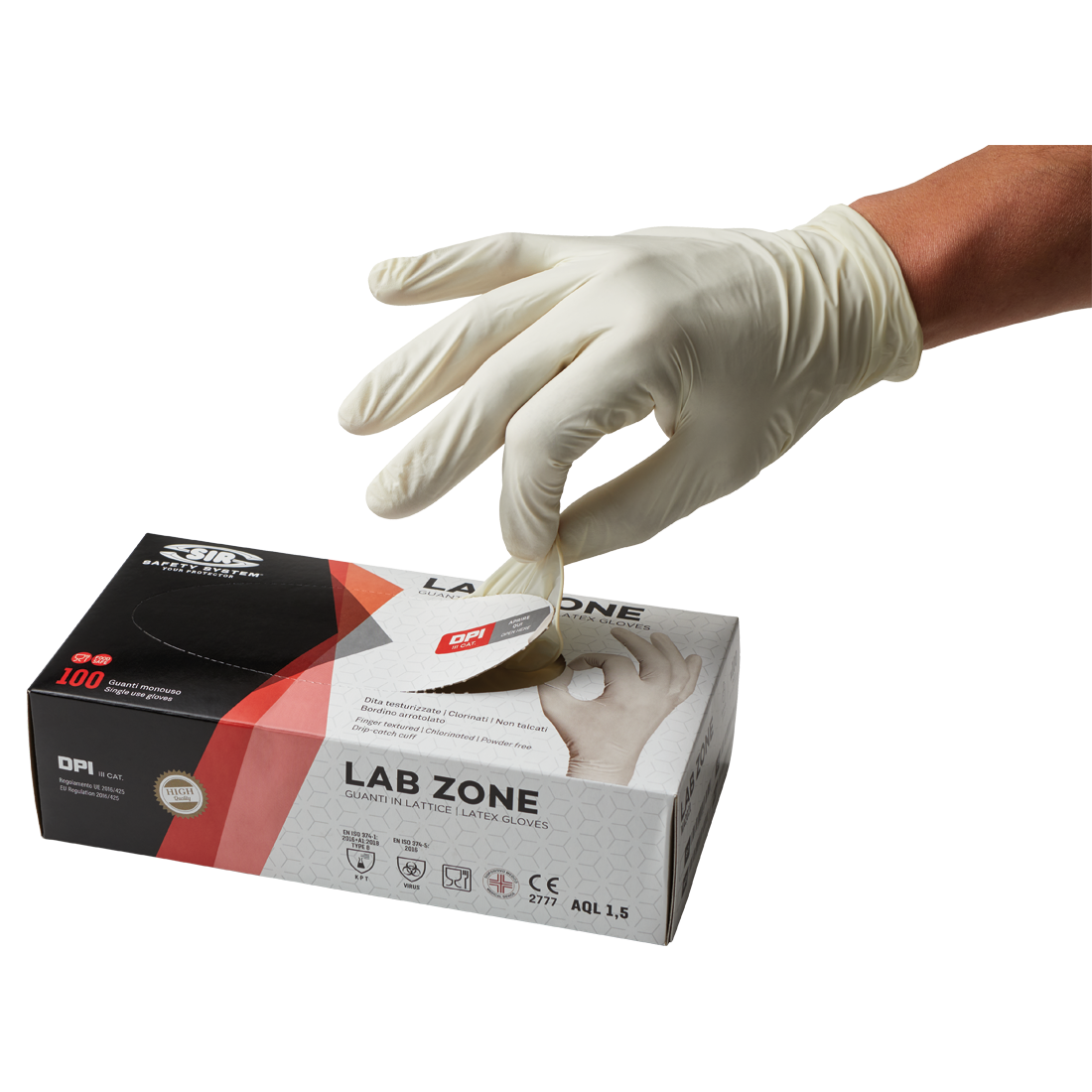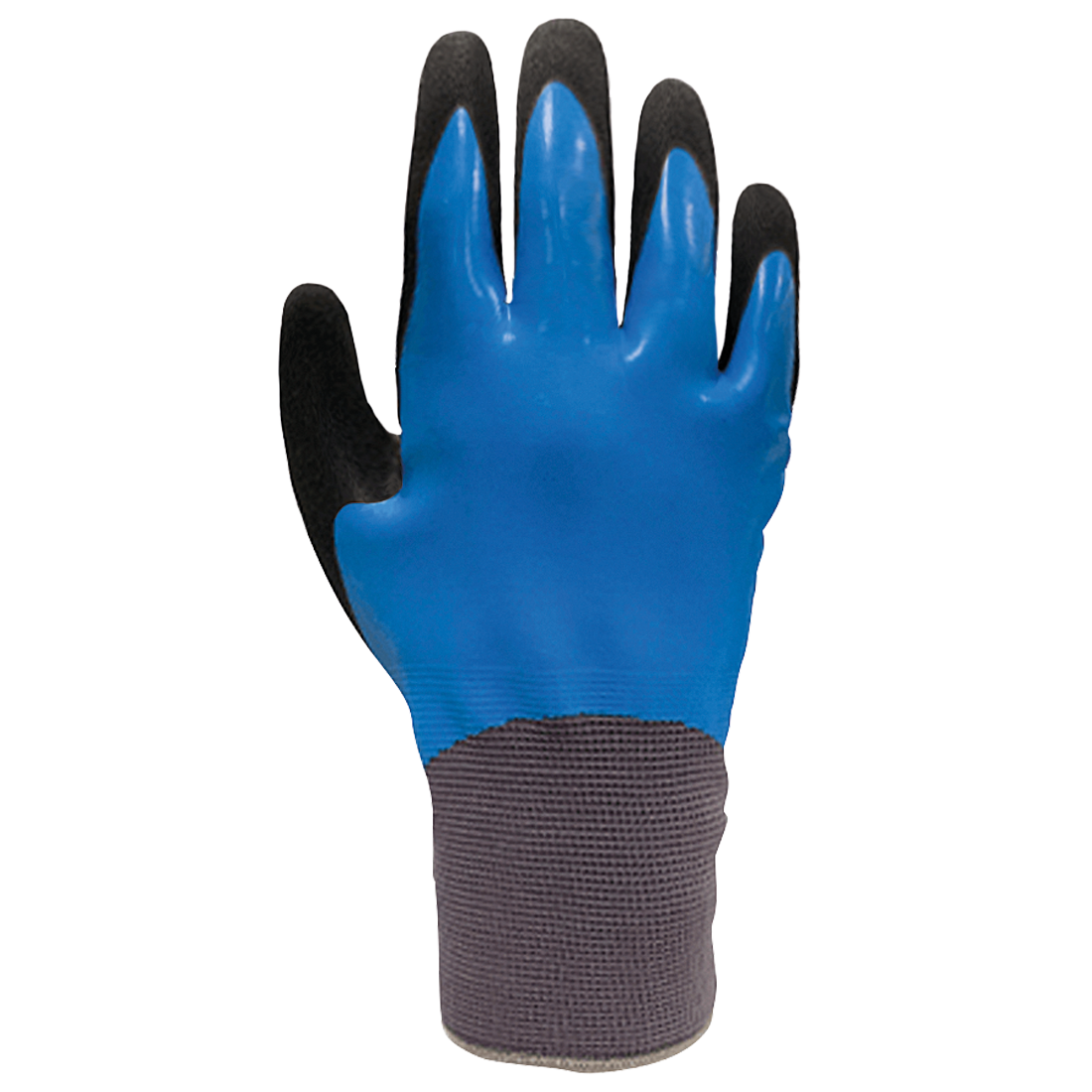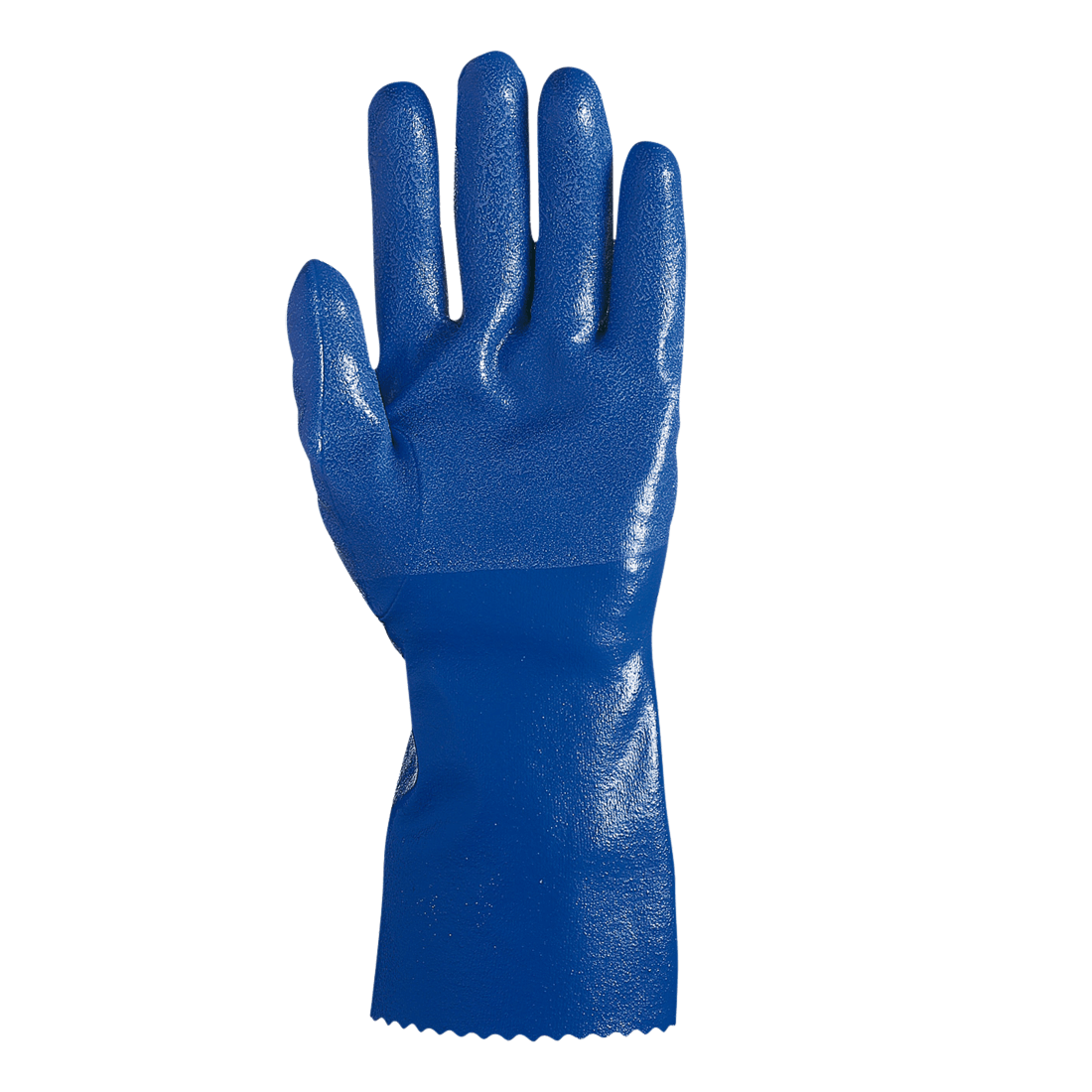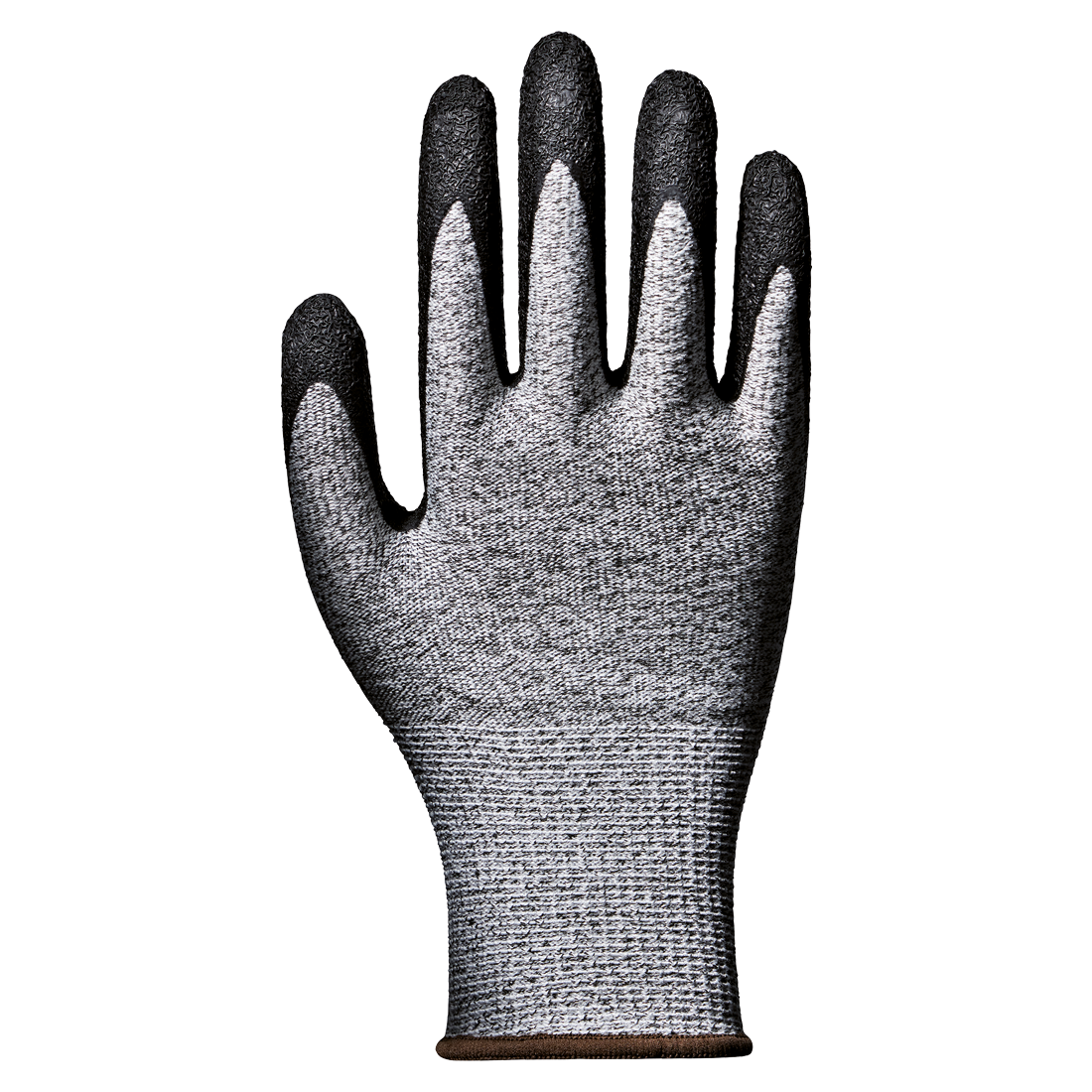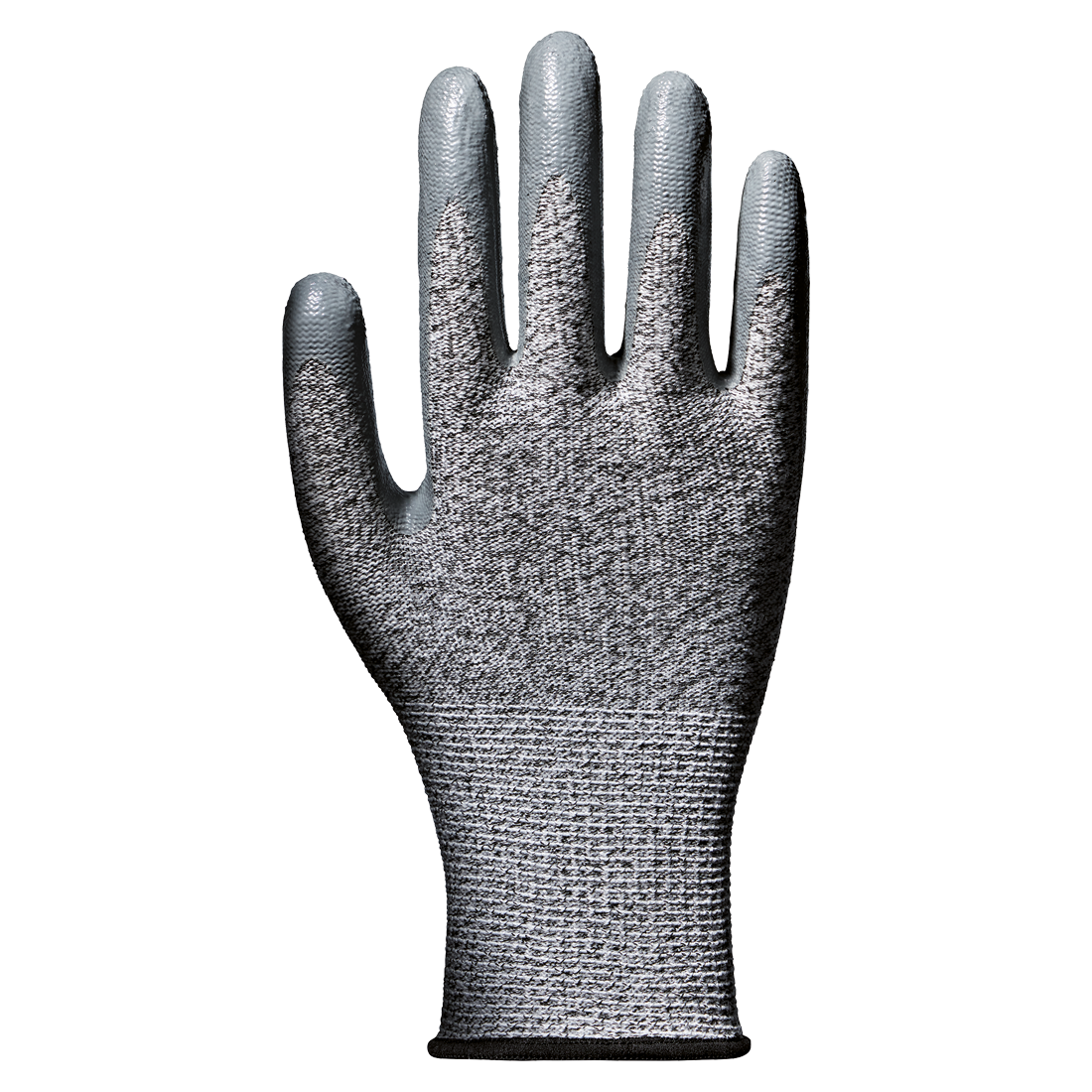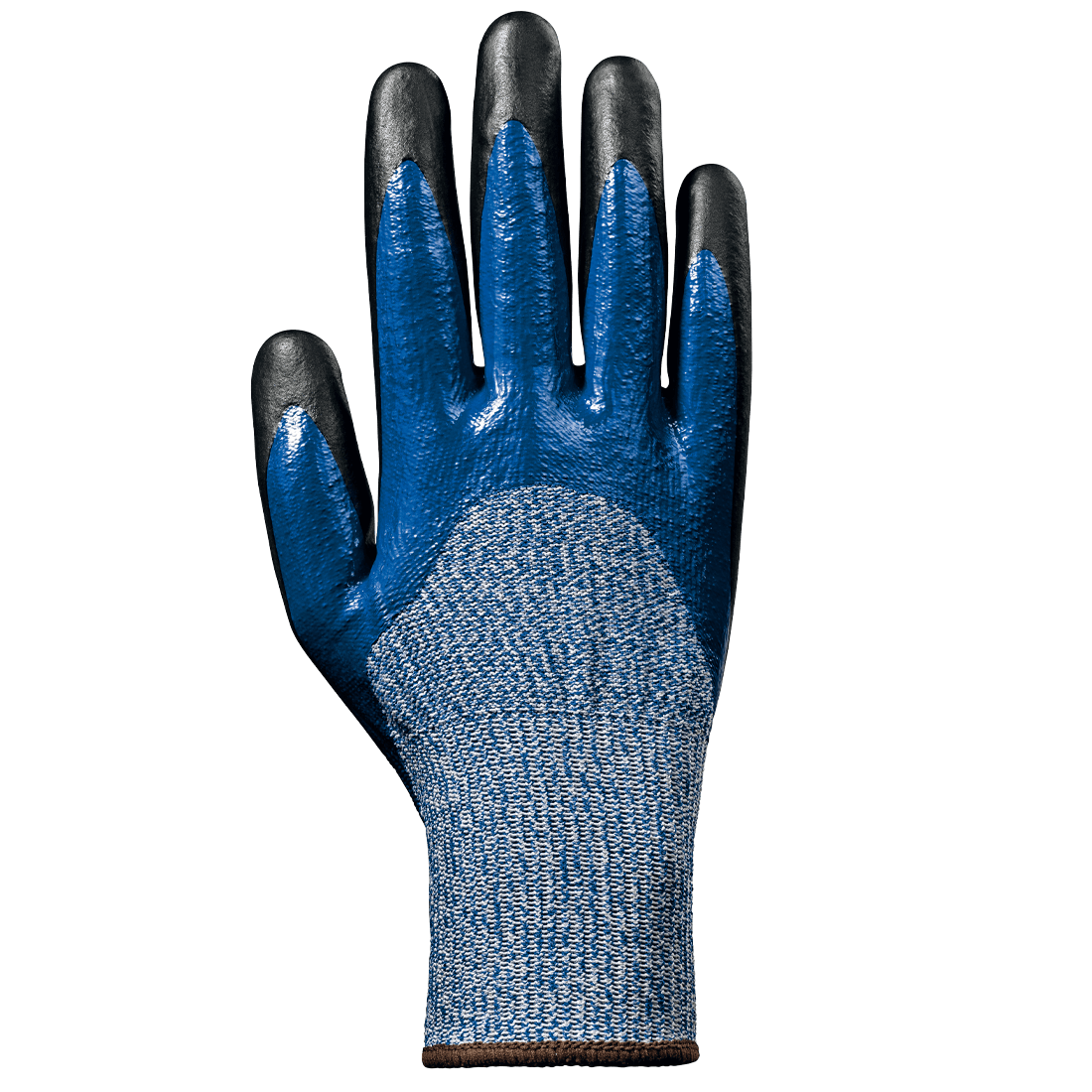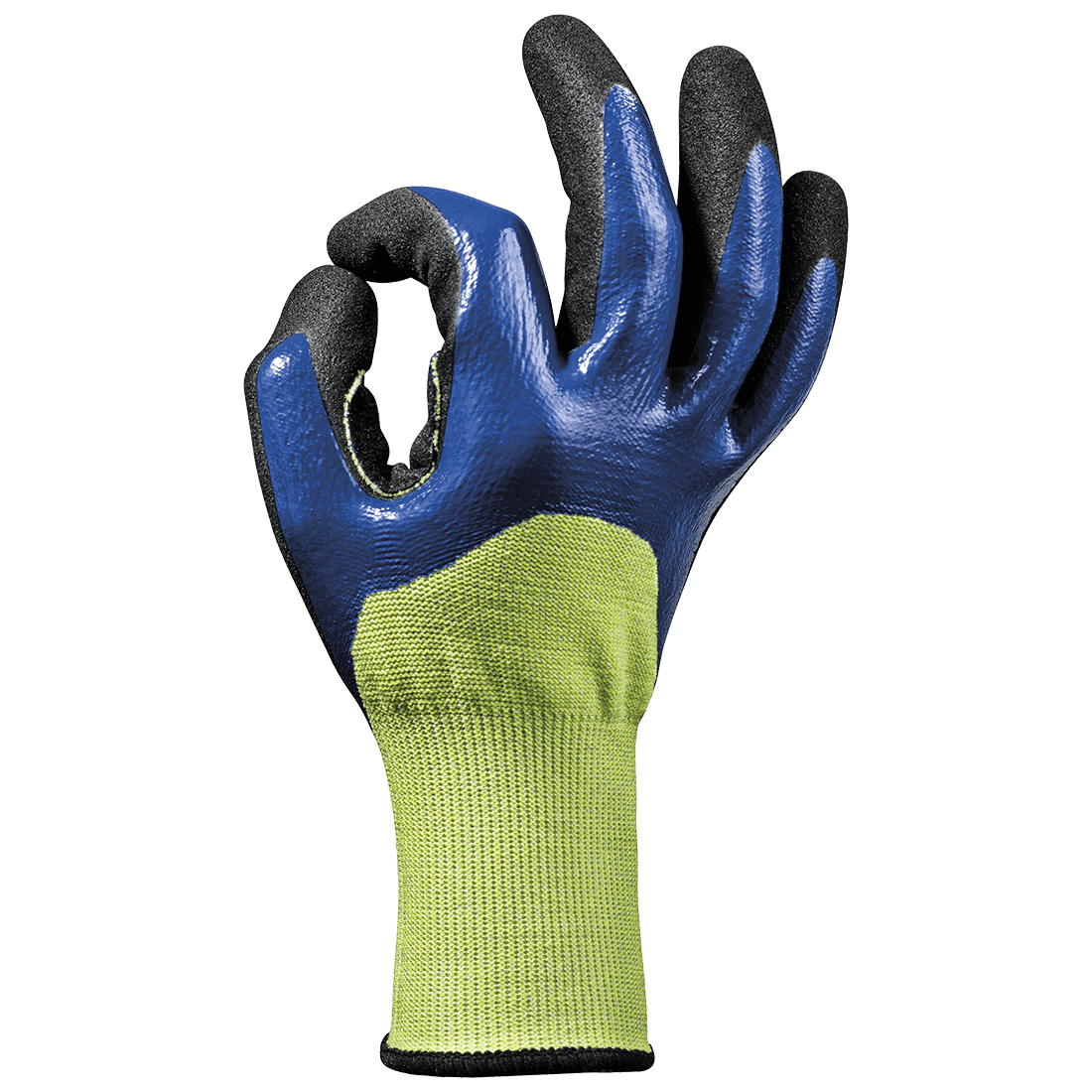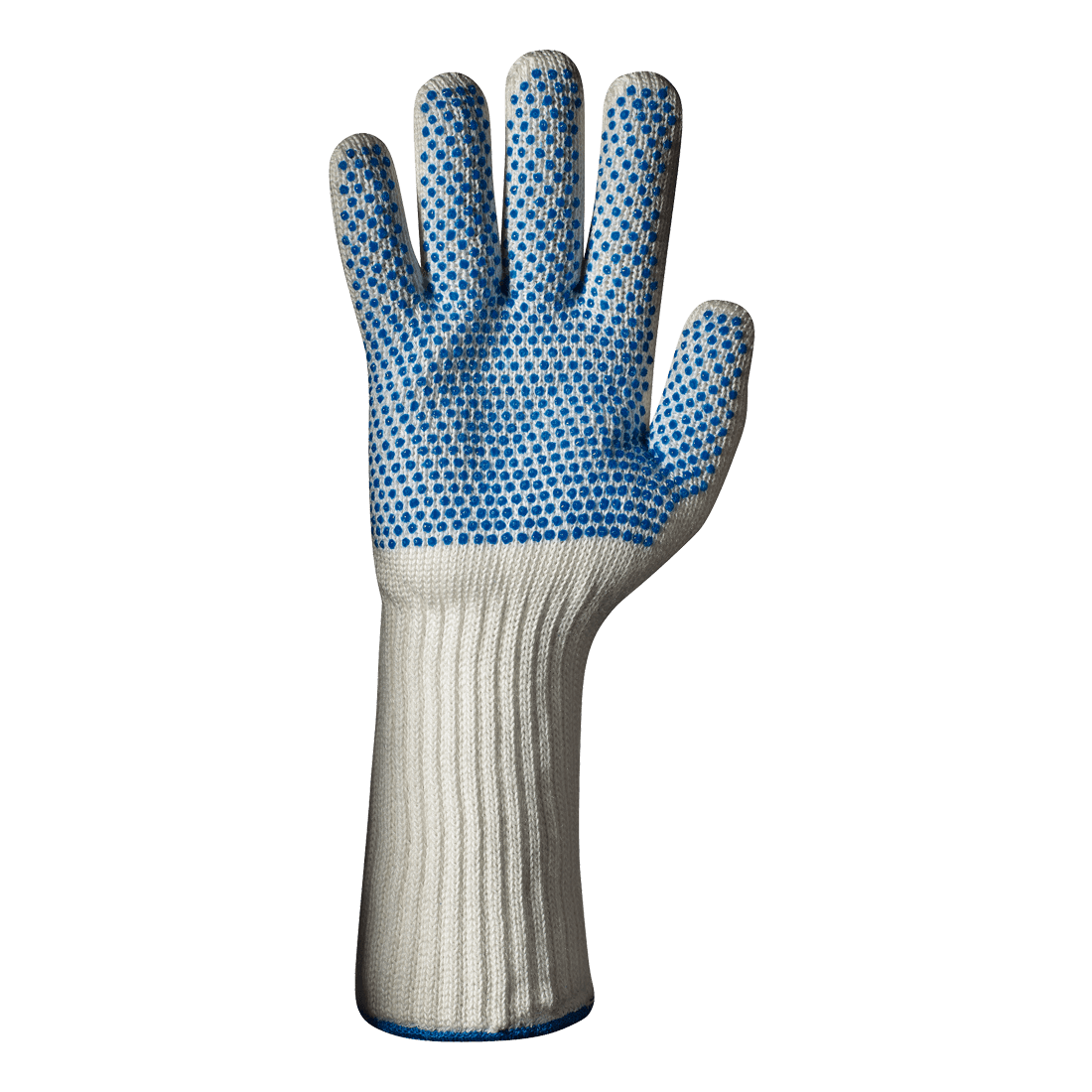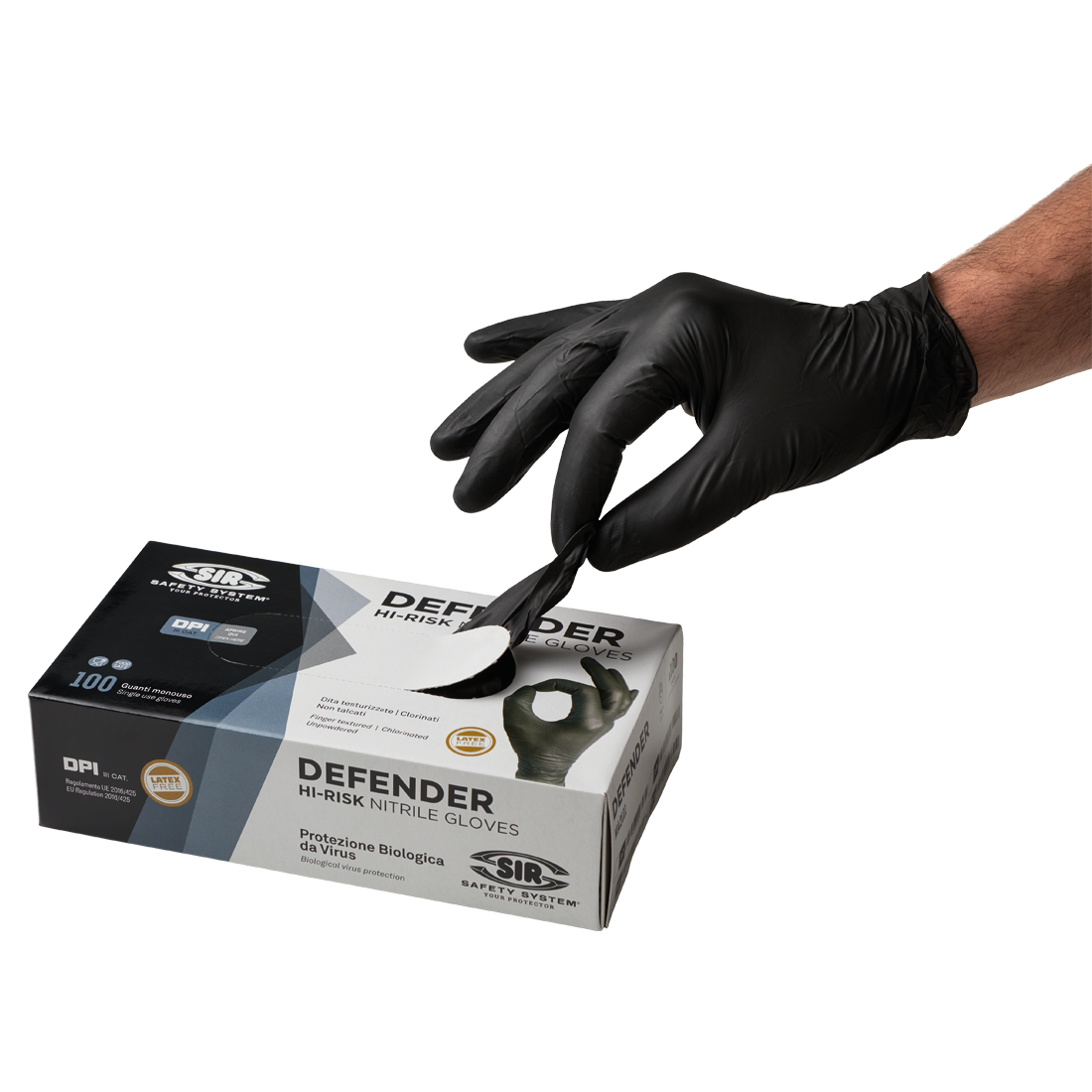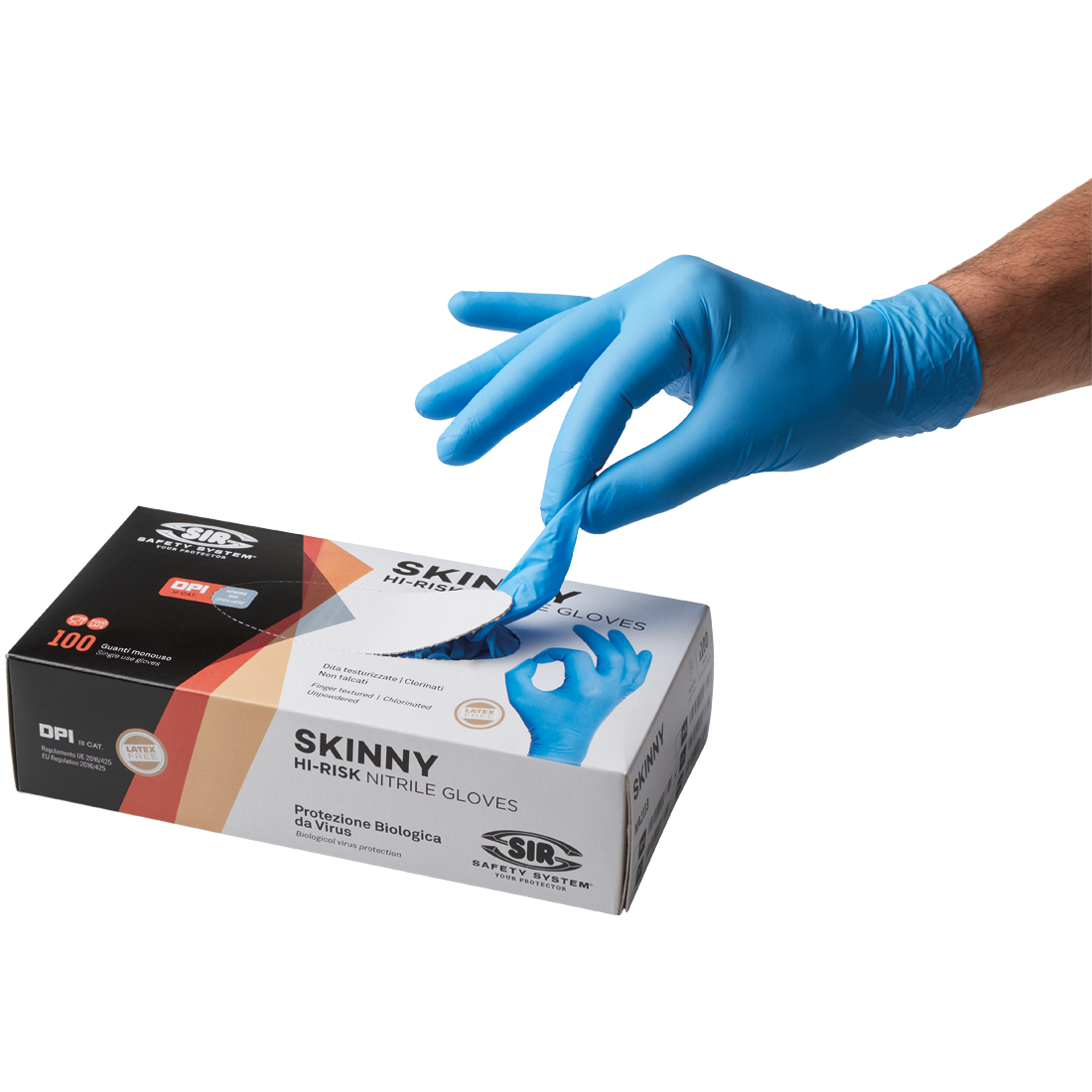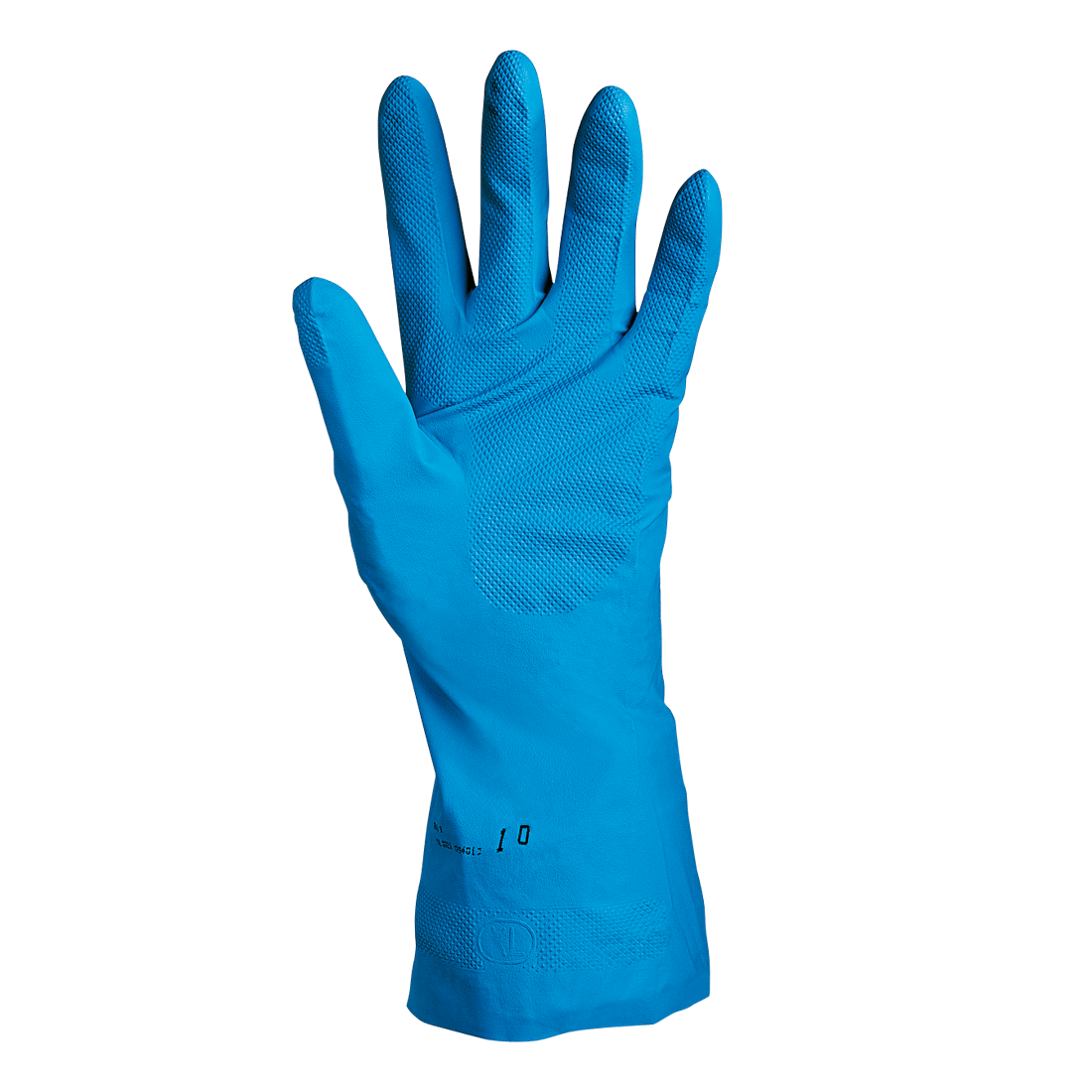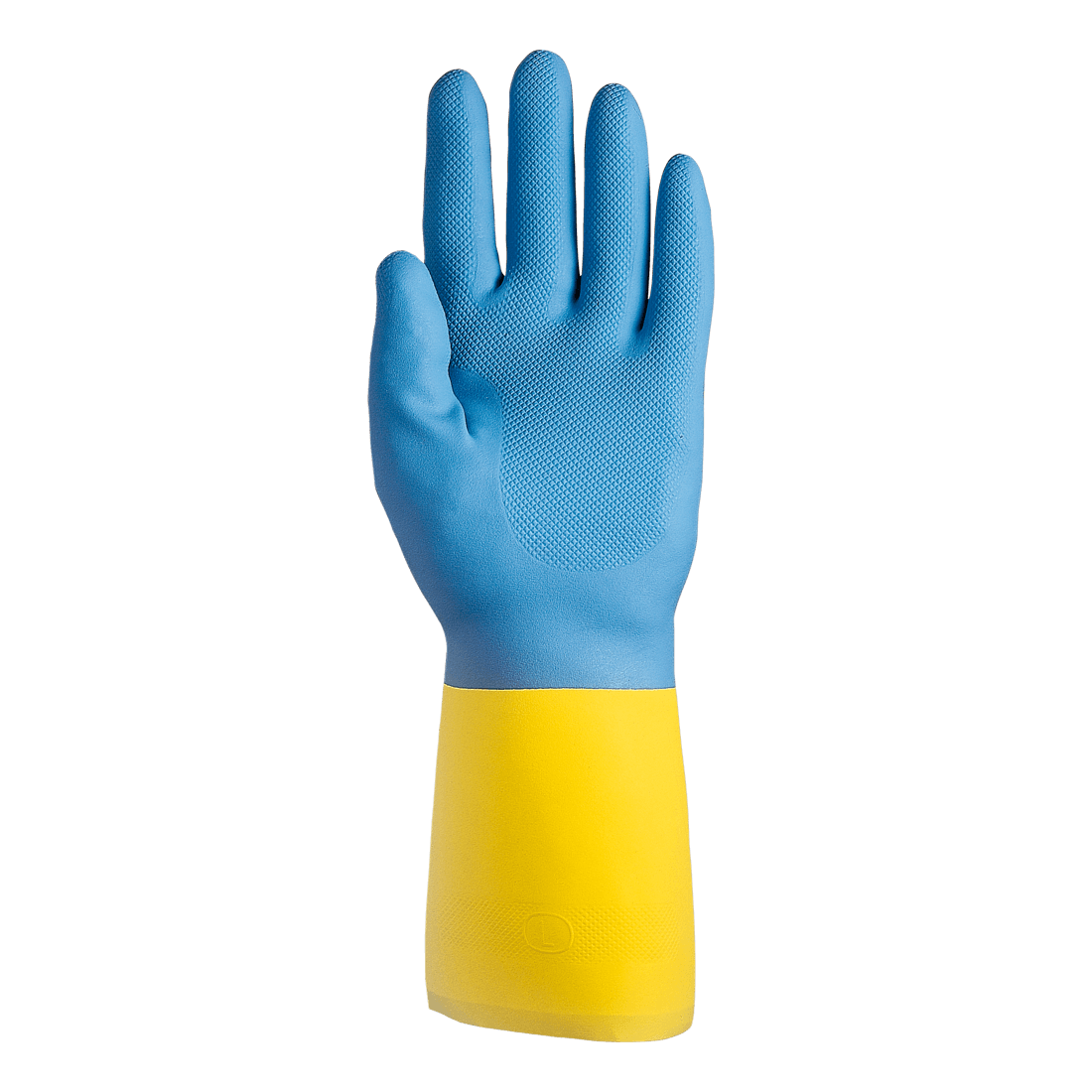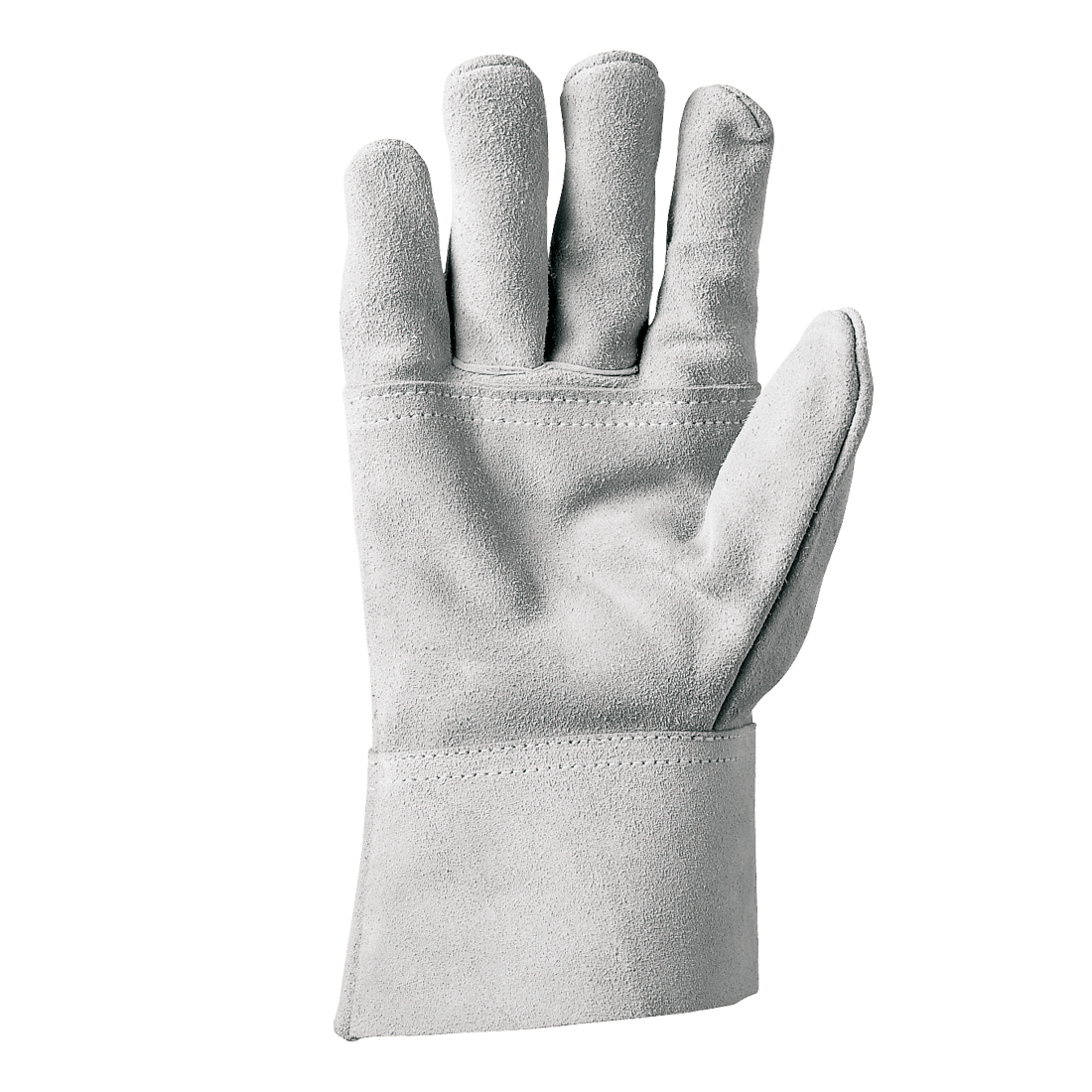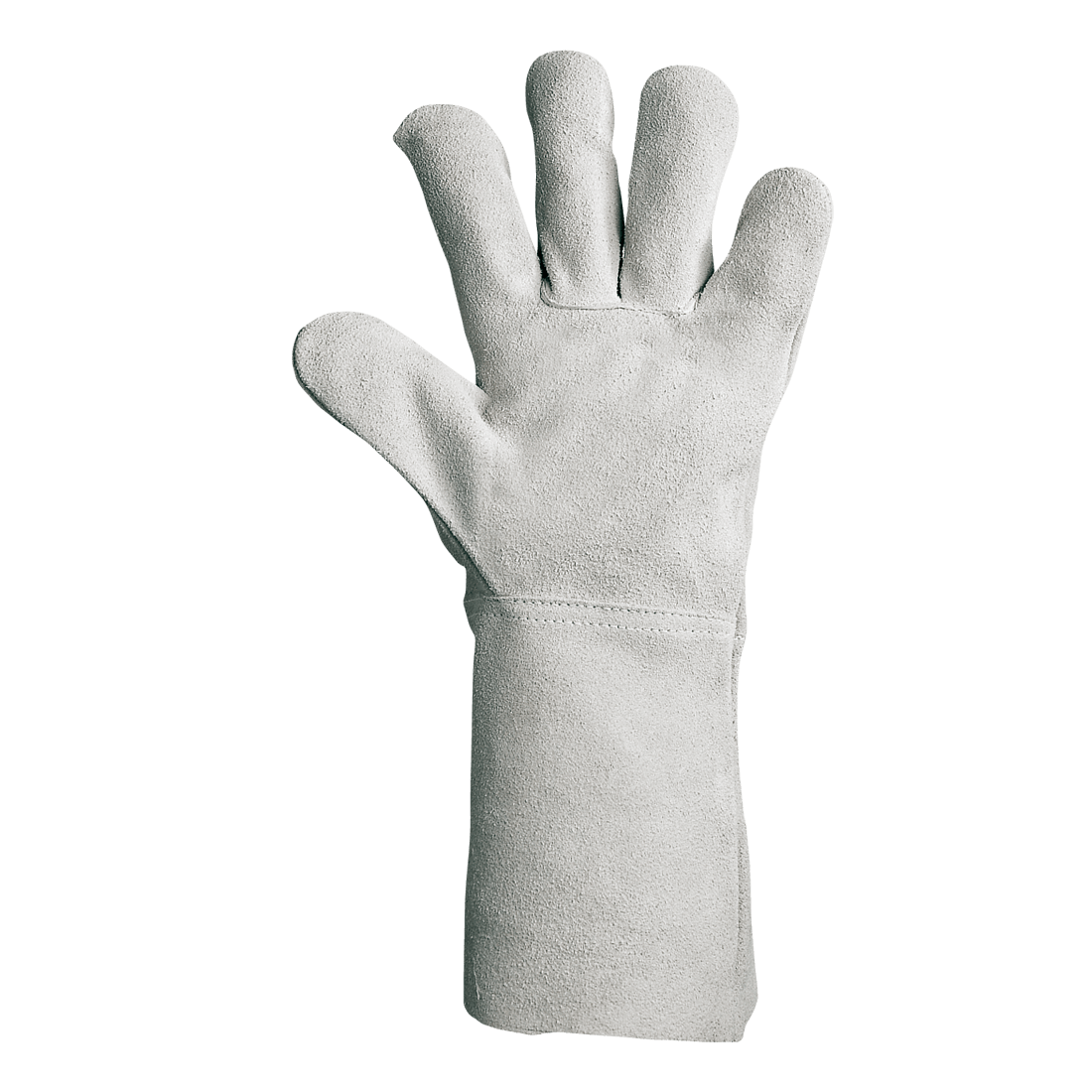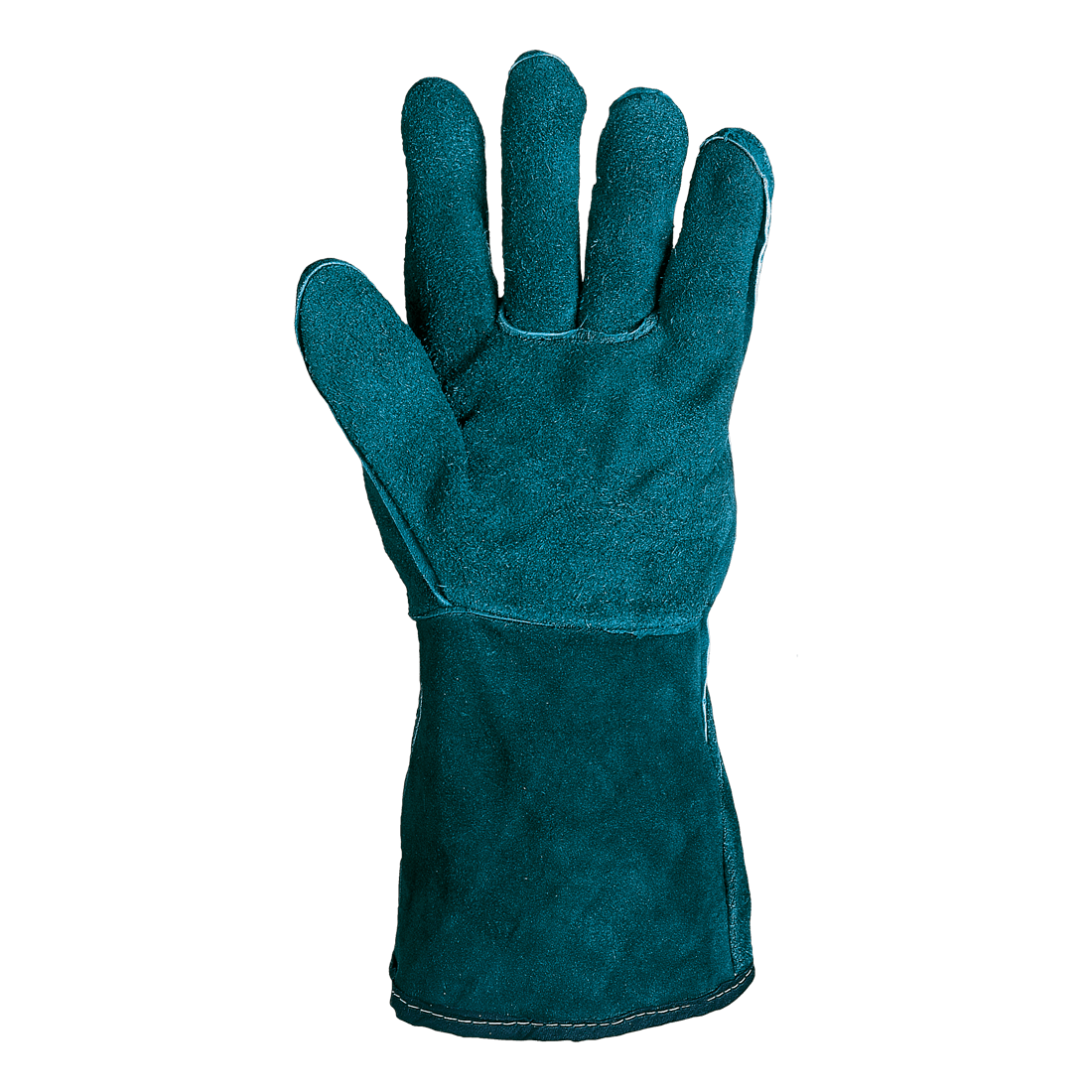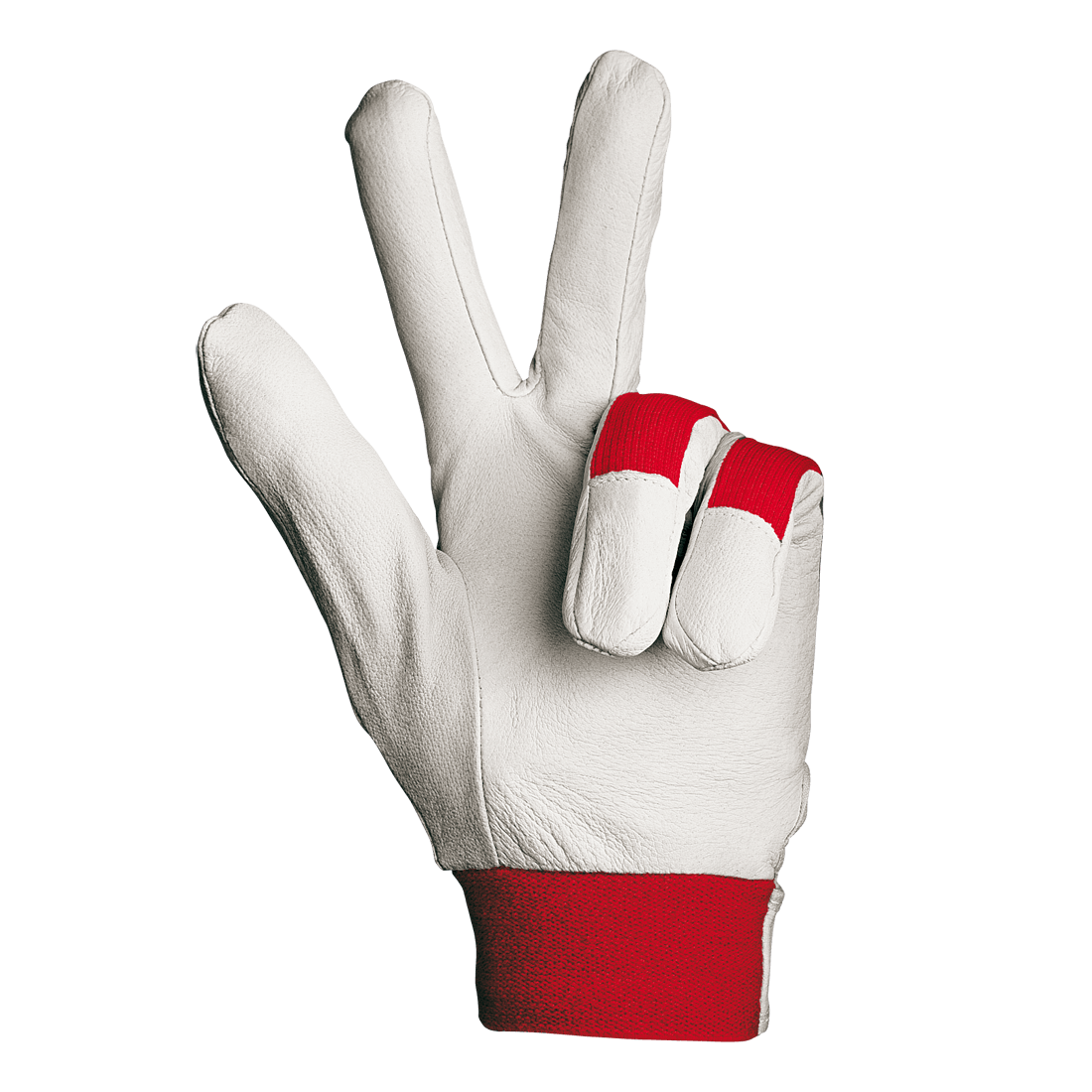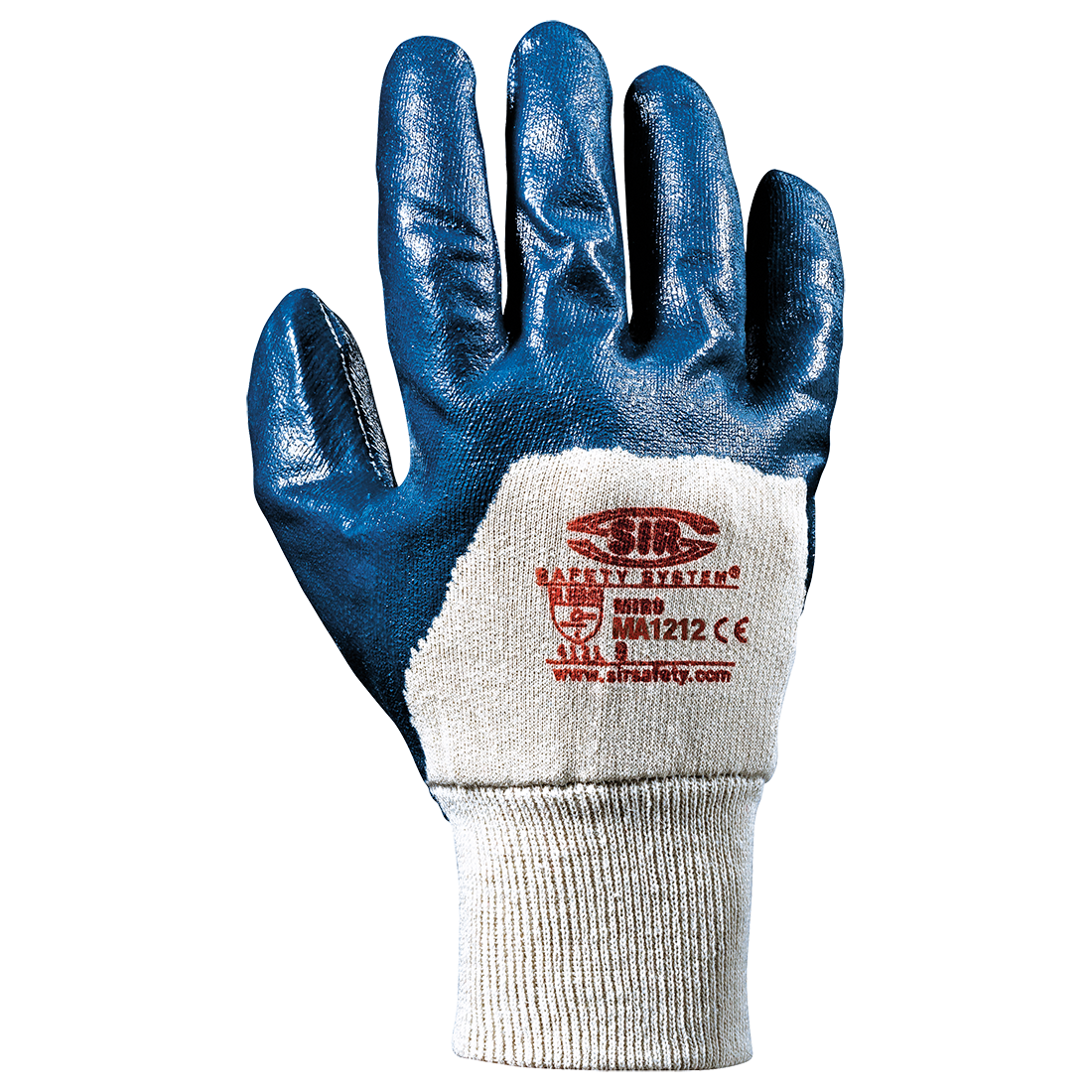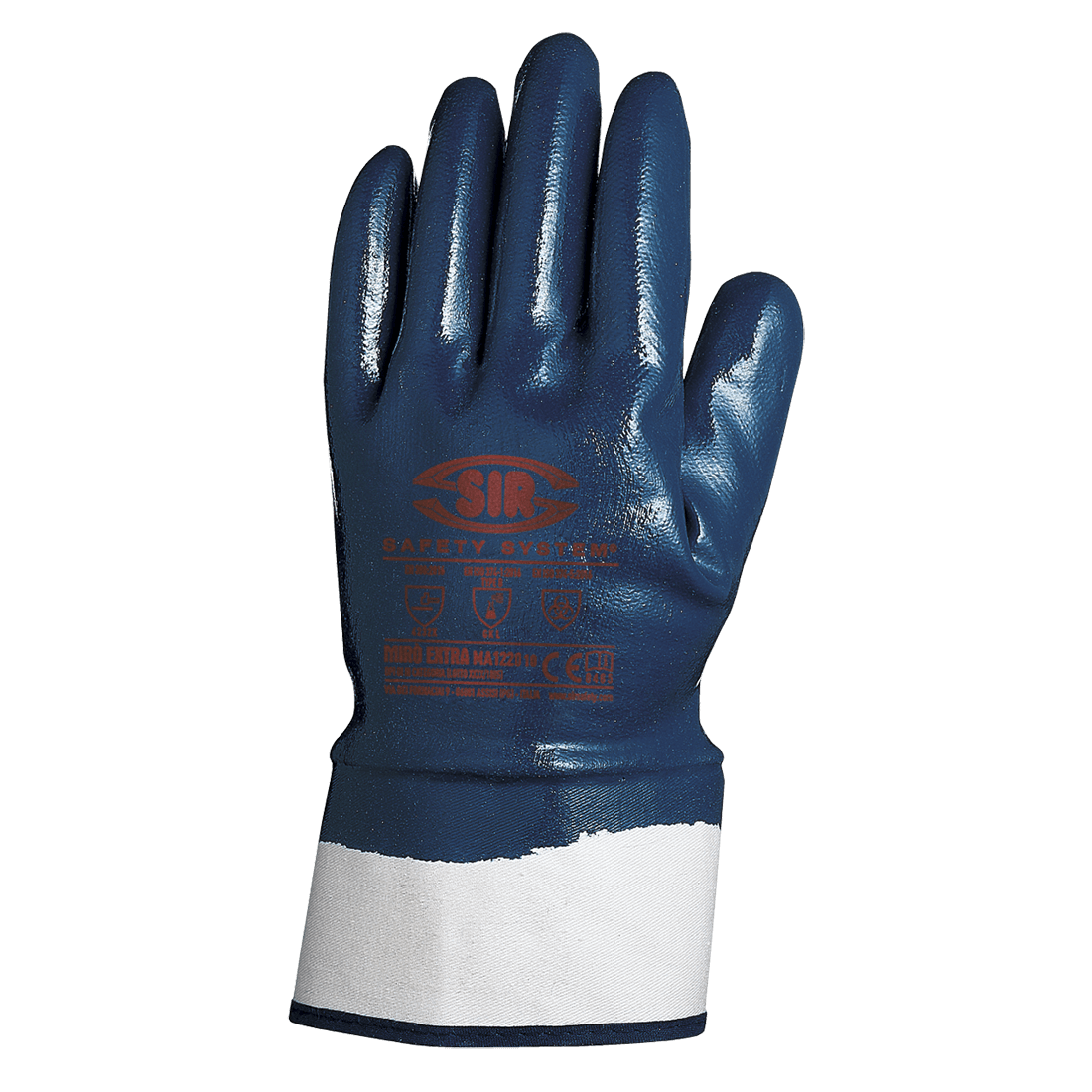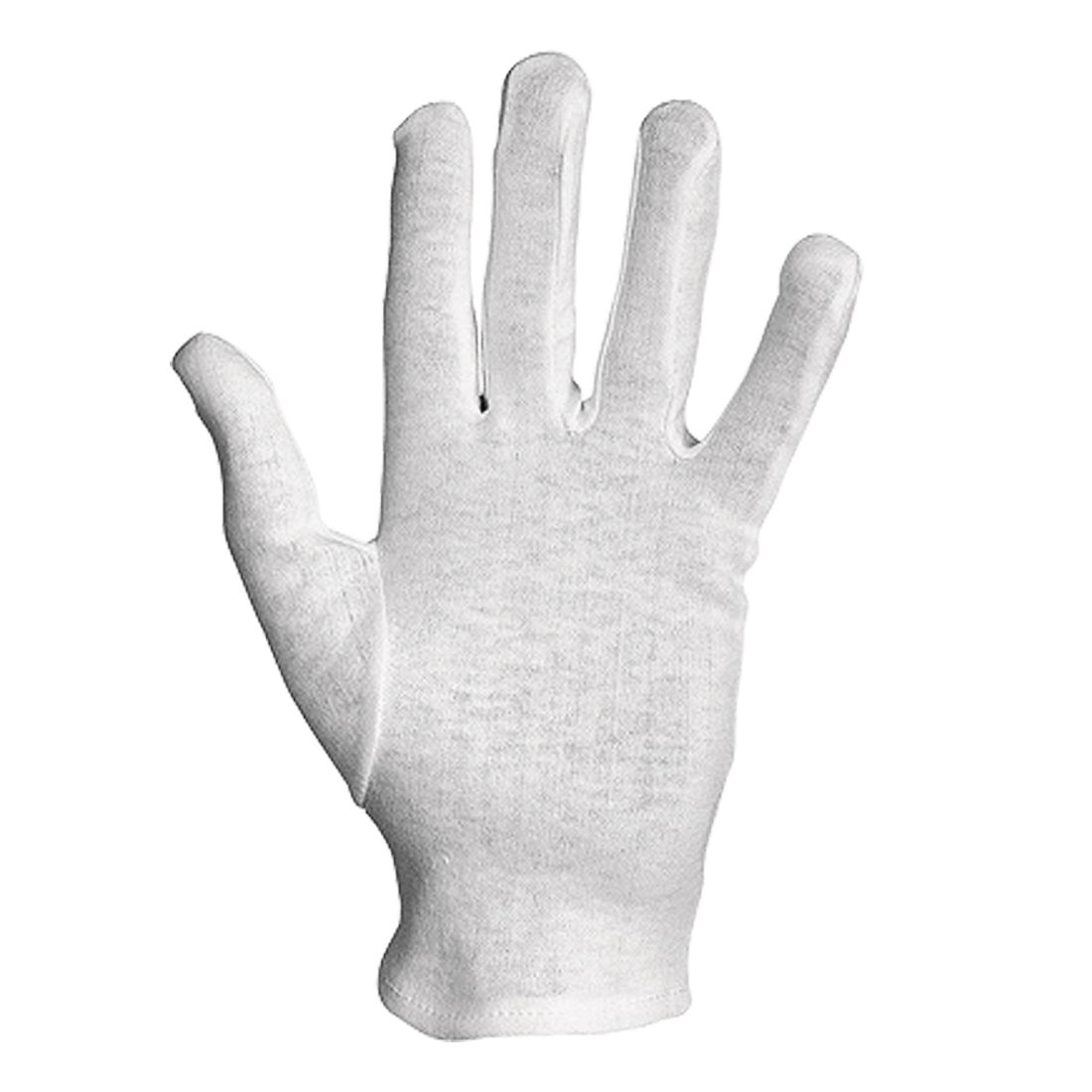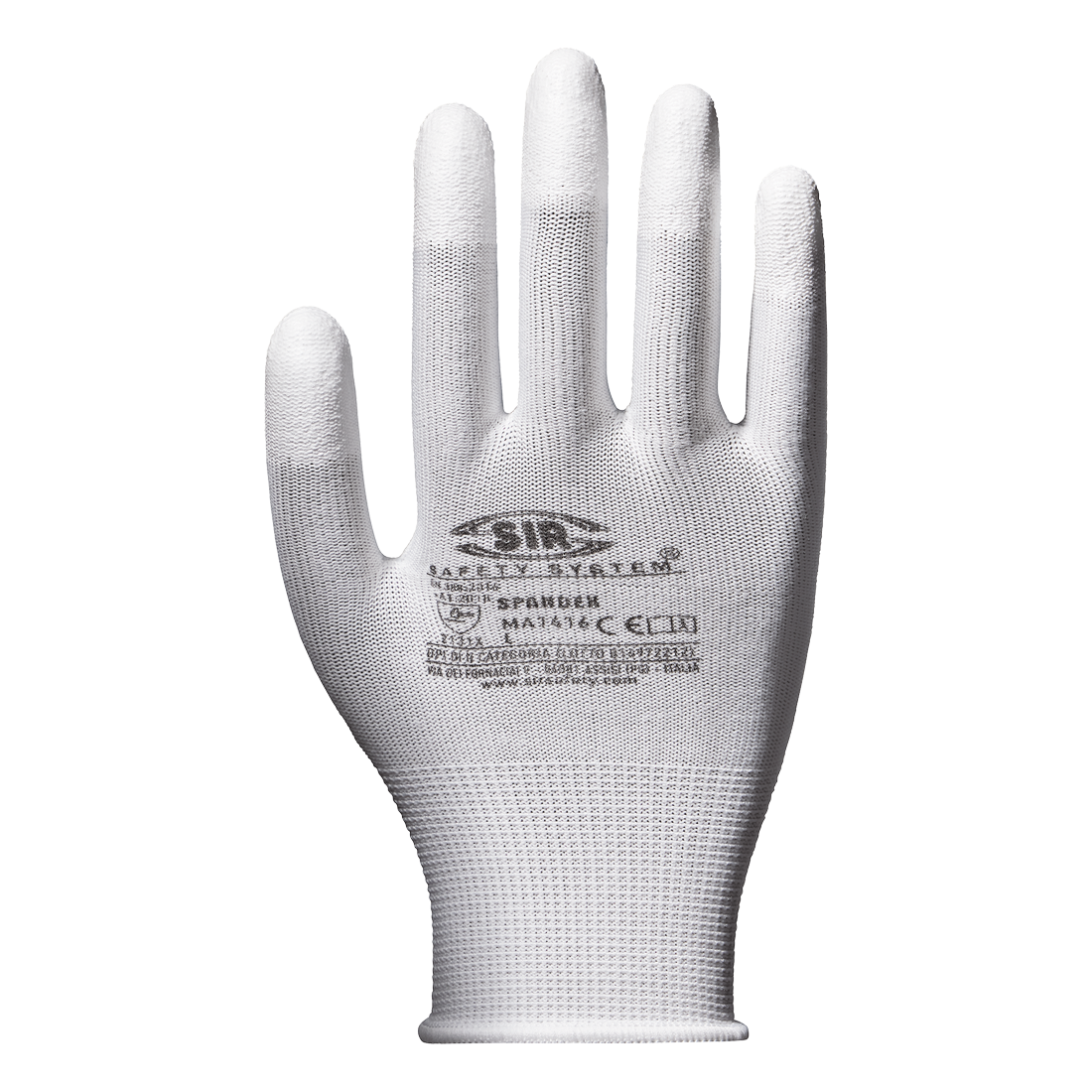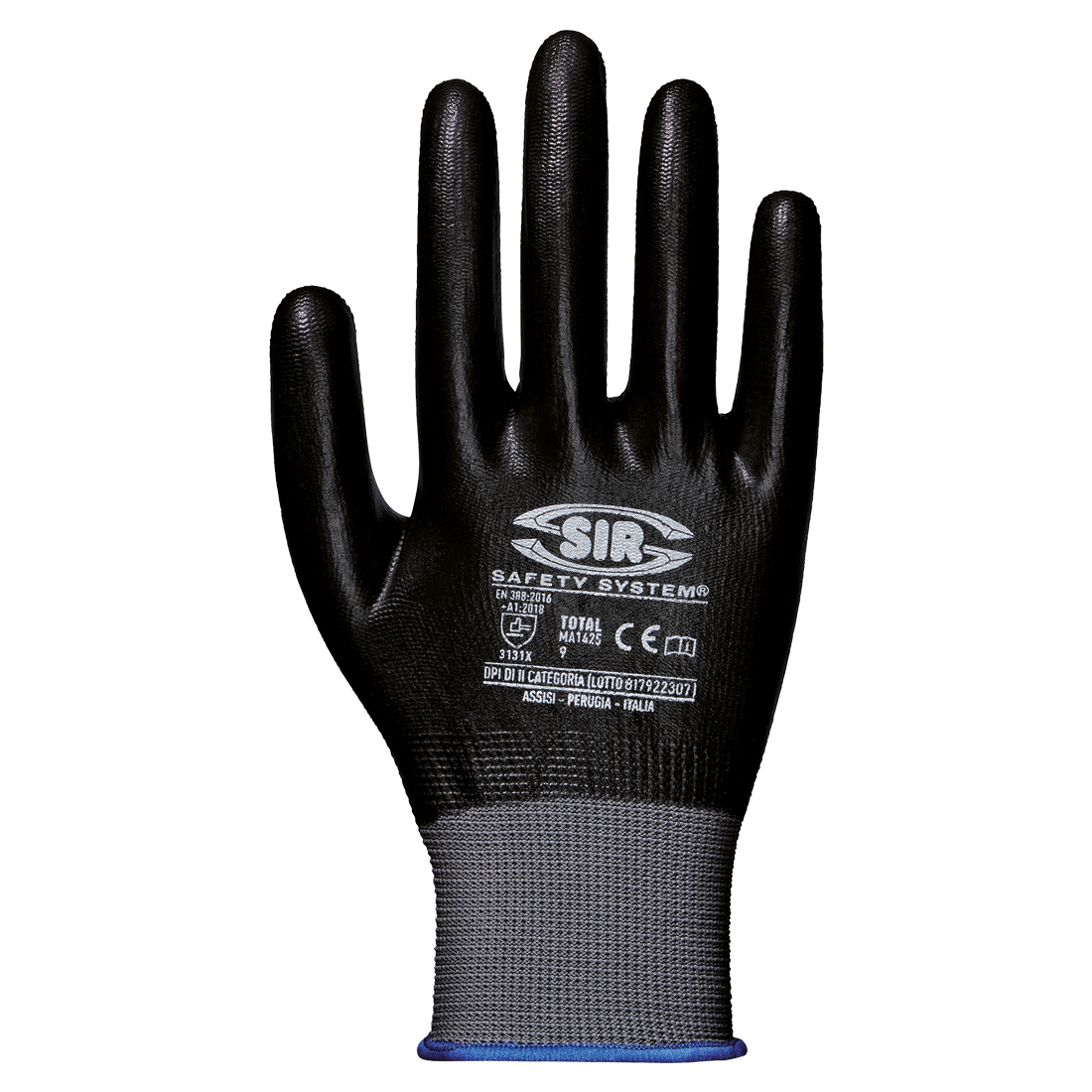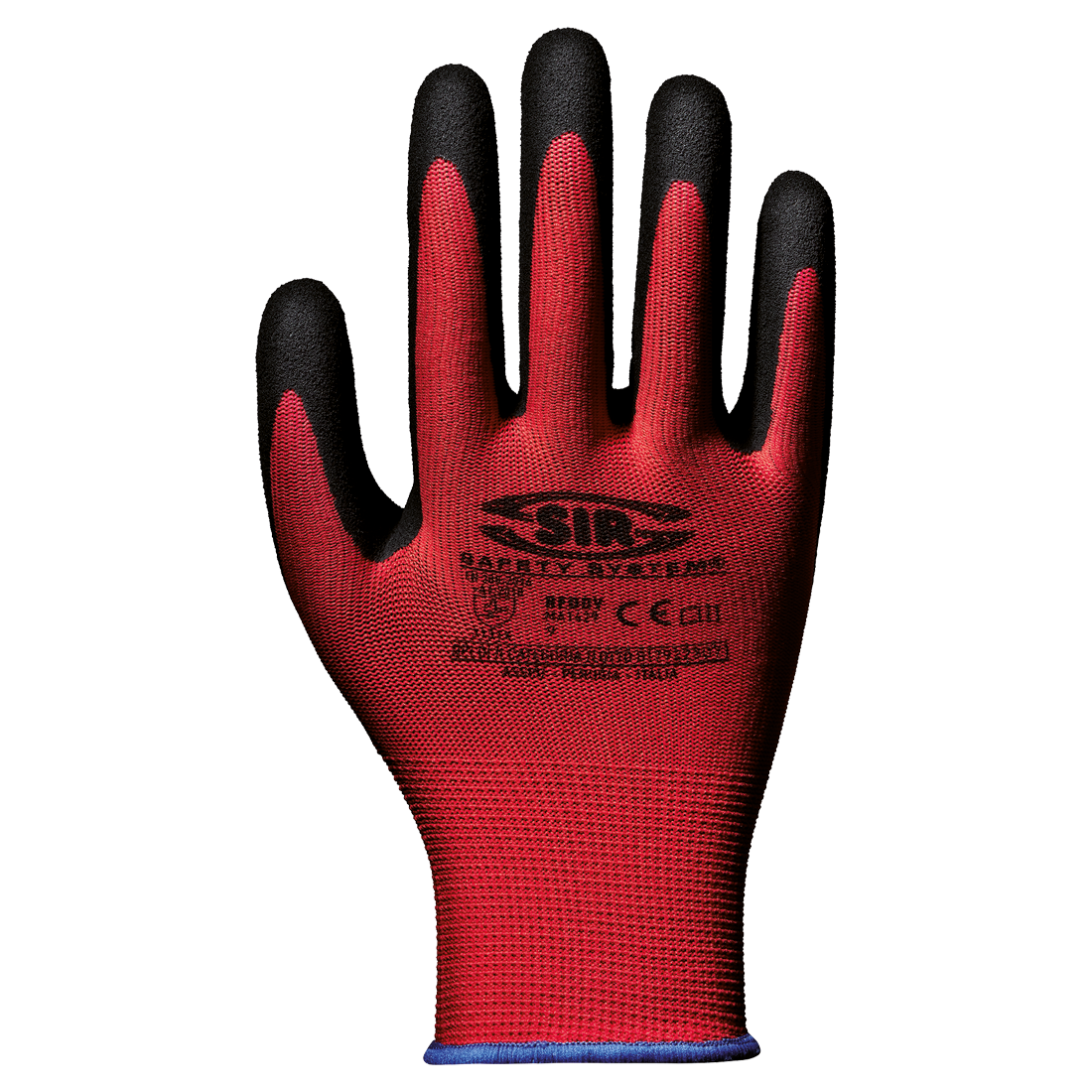The glove is a PPE – personal protective equipment protecting the hand and its parts. The glove could also cover part of the forearm and of the arm.
The EN ISO 21420 standard defines the general requirements and relative test procedures for the design and manufacturing of gloves, the resistance of the materials to water penetration, the harmlessness (pH value within range 3.5 - 9.5, chromium content VI < 3 ppm, extractable proteins content), comfort and efficiency (size, dexterity, permeability and aqueous vapour absorption) the marking and information supplied by the manufacturer. The specifications apply to all types of protective gloves.
Each protective glove must be marked with the following information:
a) name, trademark or other identification means of the manufacturer or of their authorised agent;
b) glove designation (trade name or part number allowing the user to clearly identify the product in the range offered by the authorised agent/manufacturer);
c) size designation;
d) if relevant, the marking;
e) when the glove complies with one or more specific European standards (see bibliography), the appropriate pictogram (s) for the standard(s).
Each pictogram must be accompanied by a reference to the specific applicable standard and by the performance levels that must always be in the same fixed sequence as defined in the corresponding standard.
The marking must be applied so that it remains visible, legible and indelible for the entire life of the glove. Indications or writings that could be mistaken with the indications above must not be applied on the glove.
0 indicates that the glove is ranked below the minimum performance level for the specific individual hazard.
X indicates that the glove was not tested or that the test method does not seem appropriate for the design or material of the glove.
EN ISO 21420
Products for this standard


